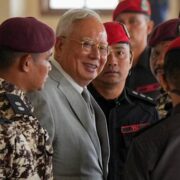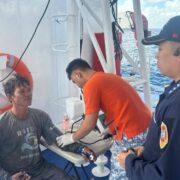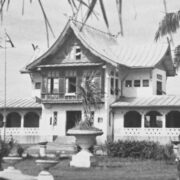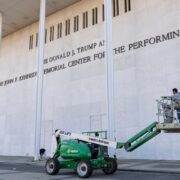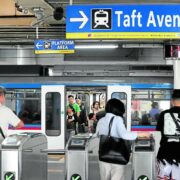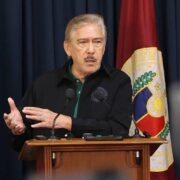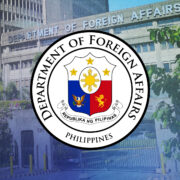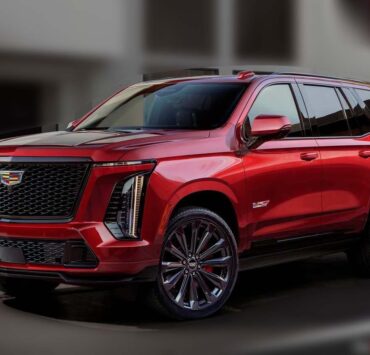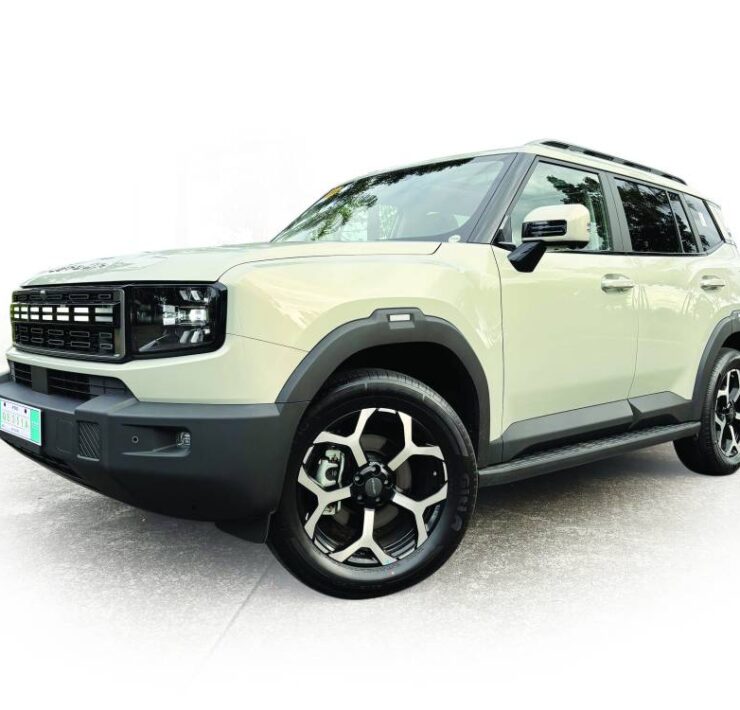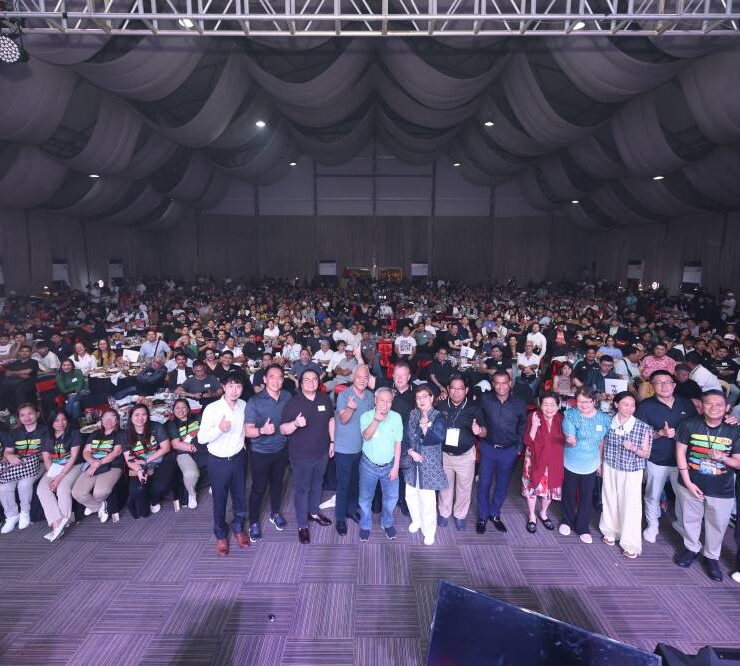Solving the Metro Manila traffic crisis

In 2025, Metro Manila faces a very serious traffic crisis. An estimated P3.5 billion (US$60 million) is lost daily due to traffic congestion in Metro Manila, according to a study by the Japan International Cooperation Agency (JICA). This figure is expected to rise to P5.4 billion (US$92 million) by 2035 if no action is taken. The total annual economic loss from traffic congestion in the Philippines is around P1.3 trillion. And that’s a whopping 1/6 of the country’s national budget for 2025.
To give you a better perspective, Metro Manila alone has an estimated 16 million residents. 5.8 million are part of the workforce, and just under 3 million are students. This means a shade under 9 million Filipinos living in the capital require mobility to go about their normal lives.
The mobile Filipinos spread out through the following channels: 376,000 use the MRT3, 320,000 use the LRT1, and just under 210,000 use the LRT2. The EDSA Busway services an additional 177,000 commuters. The rest? They all end up on EDSA on other PUVs, TNVS and ultimately private vehicles, thus explaining why there are about 438,000 vehicles plying EDSA, well-above its 250,000 capacity.
The Cavite Extension of the LRT1 is expected to add a further 80,000 and the much vaunted Metro Manila Subway, in the long-term, is expected to serve up to 1.5 million passengers at full capacity when it is finished in 2032, already delayed by three years due to right of way acquisition issues according to DOTr Secretary Vince Dizon.
But even with the Metro Manila Subway finished right now and operating at full capacity, that only provides for around 2.583 million commuters. If we add the soon-to-open MRT-7 line that stretches from Quezon City to Bulacan, that will only add 300,000 capacity, upping total mass and public transport capacity to 2.883 million commuters. Where will the other 6 million go? Still back onto EDSA. And other roads in and around Metro Manila. Did these solve traffic? Sadly, no.
Don’t get me wrong, all these mass transport systems are very much needed, very much welcome and very much wanted. But the truth is, there is no one single silver magic bullet that will solve our traffic crisis. What is needed are a series of ingenious engineering / infrastructure solutions (mass transport), a shift in work and education culture (work and study from home), supporting government legislation to encourage this shift, and ultimately, decentralization away from Metro Manila which is one of if not the most traffic riddled and congested Metropolis in the world. Our huge and growing population, poor urban planning, and lack of supporting public infrastructure coupled with poor leadership, legislation and lack of forward thinking caused this to happen.
If public transport systems are not safe, convenient, consistent and reliable, people will always turn to using the roads. Bicycles and other alternate transport? Until there is proper allocated adequate space for them, the prospect of biking to work will never appeal to the average worker who already has a million and one things they are thinking of in order to survive. To be vigilant while biking to literally survive to work while following a schedule on sketchy roads? All but the most hardcore of cyclists will be willing to face this risk daily.
To digress a bit, I do admit my data is rather simplified, but we have yet to account for traffic / people coming from OUTSIDE METRO MANILA like Cavite, Rizal, Laguna and Bulacan who also form part of Metro Manila’s workforce as data on that end is l non-existent given my limited time to research. These people from the neighboring provinces also utilize the same public transport systems as the rest of us living in Metro Manila use.
My honest suggestion? Elect forward thinking and progressive leaders, bid out all potential PPP mass-rail and highway projects to the private sector since the government is too busy politicking itself to kingdom come and our taxpayer’s money going nowhere towards infrastructure development.
We need to DOUBLE the total capacity of our mass-rail transit at the minimum and improve the EDSA Busway. Already, MRT-4 is under the scrutiny and drawing board. That will add an additional 400,000 once fully completed according to the project brief. Another promising rail line is MRT-6 which would connect Sampaloc Manila to Diliman area in Quezon City via España, Quezon Ave, and Commonwealth Ave. This would add a further 600,000 once completed.
And ultimately, as the population and our workforce grows, we need to move out of and put developmental focus outside of Metro Manila. There are many capable areas up north and down south. We need our private sector, particularly the conglomerates owned by the like the Ayalas, the Tans, Sys, Gokongweis, and Aboitizes to develop their township projects, build complete communities (live, work and leisure in the same locality) and the supporting basic infrastructure for them. In fact, New Clark City in Tarlac, Angeles City, San Fernando City and Clarkfield in Pampanga plus Subic Bay in Olongapo are more than ripe for development / redevelopment from the private sector. The private sector just needs a helping push from the government to move there in the form of legislation, incentives and supporting infrastructure.
Then maybe, Metro Manila will once again be a livable, vibrant place.




